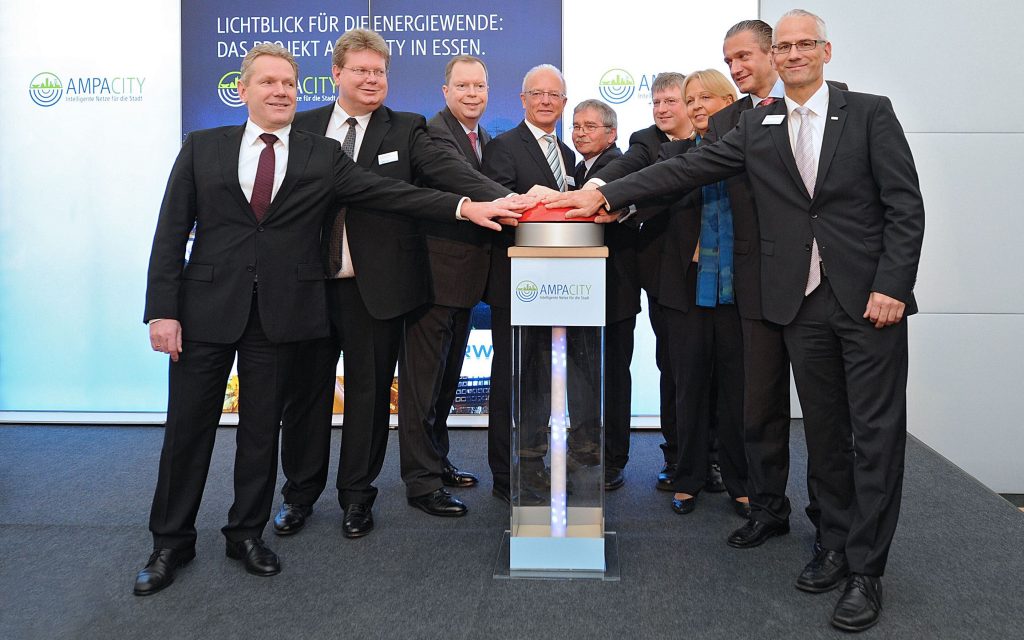
The world’s longest superconducting cable has been integrated into the power grid of a city in Germany, marking the start of a landmark practical test with the potential to save billions of dollars in power industry costs around the world.
“This is a good day for . . . the transformation of the energy system in Germany. Today, we start the first practical test of superconductor technology worldwide,” Minister President Hannelore Kraft said.
Known as the AmpaCity project, the initiative will focus on quantifying the possible advantages of using superconducting power lines in the city’s electrical infrastructure. Superconducting cables are seen as the most reasonable option to reduce the use of high-voltage cables in urban grids, simplify the grid structure and remove the need for expensive transformer stations that require considerable resources and large areas.

Researchers from the Karlsruhe Institute of Technology (KIT); RWE AG, an electric utilities company based out of Essen, Germany; and Nexans, a manufacturer of electrical cables cooperated on the project.
The new 1-kilometer-long, three-phase, concentric 10,000 volt cable replaces a conventional 100,000 volt line connecting two transformer stations in the center of Essen, Germany and is designed for a transmission power of 40 MW. Compared to conventional cables, the new superconducting cable technology transports five times more power with almost no transmission loss—a result of the properties of the superconducting material, a special ceramic and cooling to -200°C.
“High-temperature superconducting energy cables are ready for commercialization. It took about 30 years for high-temperature superconductors to develop from an idea worth a Nobel Prize to an industrial application,” Mathias Noe, Head of the KIT Institute of Technical Physics and project partner of AmpaCity, said. “Research has succeeded in identifying better suited materials, producing cables of enhanced mechanical robustness and minimizing AC losses. Cable operation under the AmpaCity project is to demonstrate that technical requirements associated with the use in practice are fulfilled with a high reliability.”
Following successful completion of the two-year project, additional high-voltage lines of the Essen power grid are expected to be replaced with the new 10,000 volt superconductor cables.





